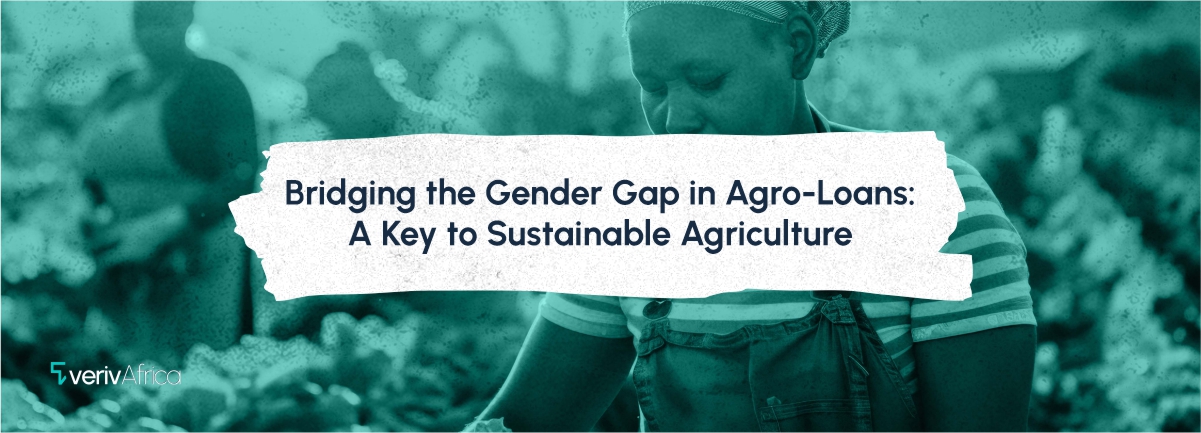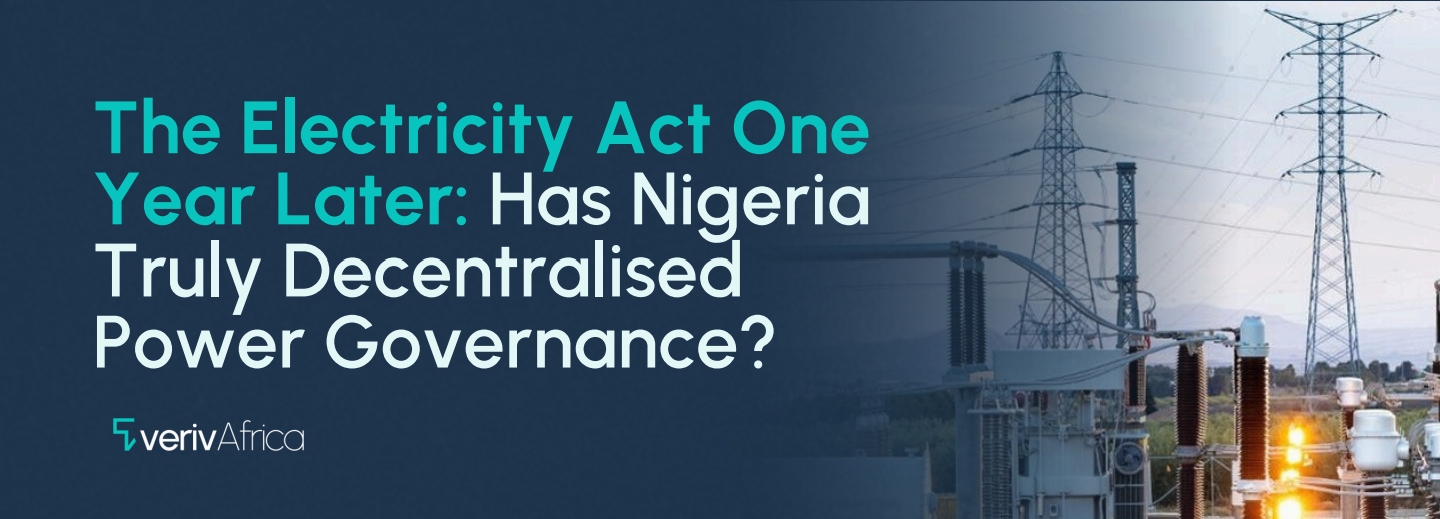Women comprise between 43% and 80% of the agricultural workforce in developing countries, including Nigeria. Their contributions are not only significant but also vital to both national and global food value chains, underscoring the indispensable role women play in agriculture globally.
Despite women’s contributions to agriculture, female farmers often face several challenges that hinder their productivity. Top among these challenges is the limited access to agro-credit (financial challenges), whereby access to agro-finance and other agricultural inputs for women is limited compared to their male counterparts. This limited access to resources has continued to constrain their ability to adequately invest in their farms, adopt new technologies, and improve their livelihoods. A report highlights that 36% of women in the agro-space globally have less access to financing than men, with a significant percentage unable to access any form of loan. This challenge is driven by both legal and cultural barriers, such as women not being entitled to own or inherit land in many cultures. Meanwhile, land remains a critical asset for agriculture and often serves as the primary collateral for accessing credit from local agro-lending institutions, thus further restricting women's access to finance.
Nigeria’s female farmers produce 30% less per hectare compared to their male counterparts, with reasons pointing to women owning less land and being limited by access to agricultural finance and other subsidies. This highlights not only the deep-rooted gender inequality in the agro-space but also presents a serious threat to the goal of sustainable agriculture in Nigeria. Given the key role women play in this sector, it underscores the critical need to bridge the agro-finance gap to achieve sustainable agriculture and inclusive growth in the country.
The Gender Gap in Agro-Lending
In Africa, women receive disproportionately lower access to formal credit and loan facilities, which affects their productivity and participation rate. Despite women making up a significant percentage of the agricultural workforce, and given that the majority of developing economies are agrarian, the persistence of the gender gap in agricultural resources presents a grave economic cost. According to findings from a gender diagnostic analysis conducted by the Nigeria Gender Innovation Lab (NiGIL), the foregone earnings resulting from gender disparity in agricultural productivity sit at 0.6% of the total gross domestic product (GDP), or US$2.3 billion annually. This figure raises a formidable concern not only for Nigeria but for Africa as a whole. In 2016, over 10,000 farmers received agricultural credits and loans in Rwanda; sadly, only a quarter of this number were women, despite women making up 80% of Rwanda’s agricultural workforce. This, however, presents a clear picture of the sad reality that female farmers face in accessing finance across many other developing countries.
Why the Gap?
Access to finance is generally crucial for driving entrepreneurship at all levels, including in the agricultural sector, especially for women. A lack of or limitation to it can hinder growth and constrain sustainability.
Reports indicate that the majority of financial institutions refrain from lending to the agri-food sector due to the higher percentage of non-performing loans in this sector compared to other sectors. This is coupled with the fact that loans to the agricultural sector incur higher operational costs. Given this, available finance for the agriculture sector has remained minimal, with the little available being extremely competitive. The competition for accessing these resources, over time, has favoured male farmers, given the cultural and social leverage that enabled them to own or inherit land, which they often use as collateral to access agro-resources. Meanwhile, female farmers, despite being less risky and more risk-averse in loan repayment than men, as shown in Figure 1 below, continue to face greater challenges in accessing scarce financial resources.
Figure 1: Percentage of Non-performing Loans by Segment
Source: GIZ
Aside from socio-cultural factors, the study showed that most women in the agricultural sector are financially excluded, as many of them do not own or operate a bank account, further constraining their access to loans and other available credits. Other restraining factors to accessing agricultural inputs for women include digital poverty, which limits their access to information on available resources, training, and suitable technologies for agricultural practice.
Implications for Sustainable Agriculture
As already noted, excluding women from access to agro-finance comes at a significant economic cost. Gender inequalities in accessing agricultural resources and inputs limit women’s productivity and, by extension, reduce overall food production, especially considering the large proportion of women engaged in the sector. When fewer women have access to the tools and capital needed for farming, it directly undermines food security, as many are unable to produce enough food or generate sufficient income. This not only threatens agricultural sustainability but also weakens the broader economy. In the long run, limited access to agricultural finance for women can hinder a state’s economic growth and development.
Recommendations
Closing the gap and helping female farmers gain access to finance remains critical, as that can boost a country's agriculture by 2.5%-4%, decrease the number of undernourished people by 12 to 17%, and contribute to sustainable economic growth and food security. This can be achieved through policies that alter the socio-cultural norm of land ownership to favour women, by enacting and enforcing laws that drive equal property rights. Developing lending programs exclusively for women in the agro-space and empowering them to compete for leadership roles in major agro-lending institutions can be key to promoting gender equality and inclusivity, especially in the agricultural sector. Additionally, lending institutions should consider shifting their collateral requirements from primarily land-based assets to creditworthiness by adopting and widely implementing the Bankability Metrics strategy.
The Bankability Metrics strategy, as recommended by the Center for Financial Inclusion (CFI), is positioned to transition agro-lending institutions’ collateral requirements from primarily land to creditworthiness. This aims to enable women to access resources from lending institutions, even without owning land, as well as to establish a fail-proof method for assessing the creditworthiness of agro-borrowers by lending institutions. The strategy is centred around the four main dimensions that influence an agri-SME’s ability to receive and pay back a loan. They include financial management, marketing strategy, internal management, and record keeping. With these records intact, lending institutions would be able to determine whether the women are eligible for loans and assess their repayment chances. The effectiveness of this strategy was demonstrated through a pilot trial conducted by the centre, involving a sample of 90 lending institutions.
A wide implementation of the bankability metrics strategy would mean that female farmers’ lack of collateral, especially land, would no longer contribute to driving the gender gap in accessing agro-loans and credits, resulting in increased food security, economic growth, and sustainable agricultural practices.
Although minimal, the resources available to the Nigerian agro-sector have continued to favour male farmers despite women holding a significant percentage of the agricultural workforce and making substantial contributions to the sector. Women's limited access to these resources is primarily driven by socio-cultural norms that restrict them from inheriting and owning land, which is essential for both agricultural practices and accessing agro-loans.
Limited access to resources for women incurs certain economic costs, including forgoing up to 0.6% of the total gross domestic product (GDP), exacerbating food insecurity, and jeopardising sustainable agricultural practices. Policies that encourage women to access resources are critical, as they can boost a country's agriculture by 2.5%-4%, decrease the number of undernourished people by 12 to 17%, and contribute to sustainable economic growth and food security.
References
Centre for Financial Inclusion (CFI). (2025). Delivering rigorous research that advances inclusive finance. https://www.centerforfinancialinclusion.org/
Deutsche Gesellschaft für Internationale Zusammenarbeit (GIZ) GmbH. (2024). How to foster access to finance for women in the agri-food sector. https://www.giz.de/en/downloads/giz2024-en-guide-access-to-finance-for-women-in-agri-food-2024.pdf
International Rice Research Institute (IRRI). (2022). Accelerating financial inclusion of women in agri-food systems: What works? https://www.irri.org/news-and-events/news/accelerating-financial-inclusion-women-agri-food-systems-what-works
International Institute of Tropical Agriculture (IITA). (2024). Transforming Nigerian female farmers’ lives through soybean and cowpea production to alleviate poverty. https://www.iita.org/news-item/transforming-nigerian-female-farmers-lives-through-soybean-and-cowpea-production-to-alleviate-poverty/
SCOPEinsight. (2025). Leveling the gender playing field: How to help female farmers access finance. https://scopeinsight.com/how-to-help-female-farmers-access-finance/#:~:text=In%20the%20agricultural%20sector%2C%20women,other%20countries%20across%20the%20globe.
World Bank. (2023). Gender gaps in agriculture productivity and public spending in Nigeria (Report No. P175095). https://documents1.worldbank.org/curated/en/099091823113036874/pdf/P175095086510b001080e30d147463456d6.pdf










